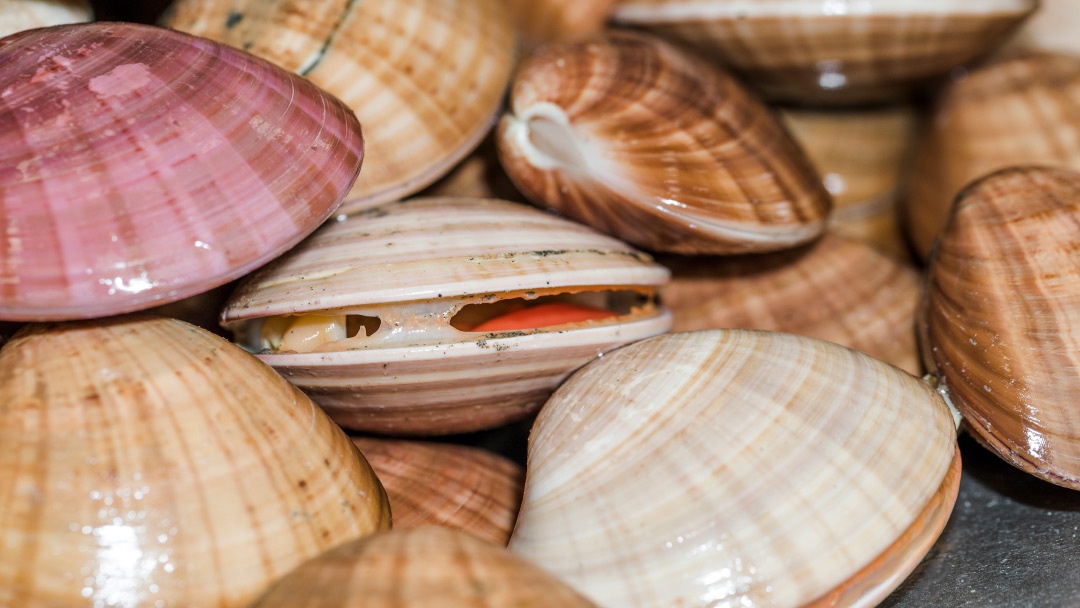
Accurate and efficient phenotyping – the measurement of traits such as size and weight- is critical for bivalve aquaculture. It allows breeders to identify the fastest-growing and most valuable individuals, select parent stock, and improve yield. Traditionally, these measurements are taken manually with calipers and scales, a slow and error-prone process that limits the pace of genetic improvement.
Researchers at the Ocean University of China have now developed an automated high-throughput phenotyping system for bivalves that integrates 3D laser imaging, dynamic weighing, automated sorting and QR code identification. This technology can measure, classify and record growth traits for a single specimen in just 1.6 seconds, making it 11 times faster than manual methods.
The system can process over 2,000 bivalves per hour, with shell size errors as low as 0.01-0.30 mm, weight accuracy exceeding 99%, and 100% correct sorting by size and weight. QR code labels attached to shells remain readable after six months in the sea, enabling long-term individual tracking and data integration for breeding programmes.
The complete setup costs between $15,000 and $20,000, has a projected operational life of up to 15 years, and could process over five million bivalves in that period. According to the study, published in Aquaculture Reports, this innovation “will significantly facilitate selective breeding programmes aimed at improving growth performance.”
By combining speed, precision and traceability, the new system is set to accelerate genetic improvement and production efficiency in China’s bivalve industry, which accounted for 14.5 million tonnes of mariculture in 2024.
According to authors, this system could be adopted by hatcheries, research centres and selective breeding programmes to speed up parent selection and genetic improvements, reduce labour costs and human errors in measurement; and improve traceability by linking growth traits to individual QR codes.
Future work could include adapting the technology to other shellfish species and integrating it with genomic selection tools, offering a complete digital workflow for bivalve breeding. For commercial operators, the initial investment could pay off in higher efficiency and faster delivery of improved stock to the market.


